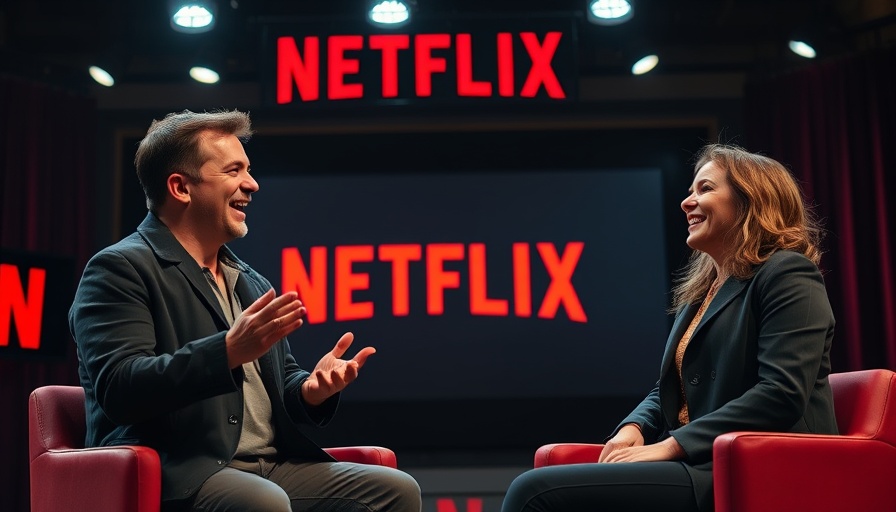
Netflix Sets Ambitious New Goal: Aiming for Trillion-Dollar Market Capitalization
At Semafor’s 2025 World Economy Summit, Netflix's co-CEO Ted Sarandos conveyed an audacious vision: the company aspires to achieve a $1 trillion market capitalization by 2030. This ambitious target builds on Netflix's impressive track record, where it has doubled its revenue and increased profits tenfold over the past five years. The company’s market cap has tripled in this period, hinting that this goal, while challenging, may not be out of reach.
Continuing Growth Strategy: The Role of Streaming
Sarandos indicated that Netflix's pathway to this monumental goal revolves largely around its core streaming business. He emphasized their belief that if the company continues executing effectively, striding towards this valuation is feasible. However, this goal is not solely reliant on streaming; Netflix plans to diversify its revenue streams through new ventures, such as retail spaces in major cities and theatrical productions.
Recent Ventures: Retail and Broadway Expansion
This year, Netflix launched the Broadway production of “Stranger Things: The First Shadow” and is gearing up to unveil retail spaces in Philadelphia and Dallas. Such moves reflect Netflix's strategy to extend its brand influence beyond the screen and capture new audiences, aligning with trends observed across media and entertainment landscapes where studios are increasingly tapping into live events.
The Impact of Market Trends on Netflix's Future
Netflix's aim for greater profitability and market share must also contend with evolving consumer behaviors and the competitive landscape characterized by fierce rivals like Disney+ and Amazon Prime. As these competitors ramp up their original content offerings, maintaining subscriber growth and engagement becomes crucial. According to market analysis, the streaming industry is witnessing rapid changes, with consumers increasingly valuing diverse content and accessibility.
Insights from Industry Experts: A Path Forward?
Industry experts suggest that Netflix's ambition could catalyze innovative changes within the streaming sector. With substantial investments in original programming, expectations may rise for other platforms to follow suit. This creates a proactive cycle of content creation that not only enhances viewer choices but also raises standards across the industry.
Future Predictions: The Trajectory of Streaming Services
In envisioning Netflix's trajectory, experts propose that securing sustaining growth will hinge on two factors: adapting to viewer sentiment and effectively managing expenses. As streaming services continue integrating AI to improve content discovery experiences, user interaction will likely dictate which platforms thrive in the long run. Netflix’s dedication to understanding viewer preferences positions it favorably if it harnesses innovations like AI-driven content recommendations.
Closing Thoughts: What This Means for Investors
As Netflix eyes a massive leap in market capitalization, the implications for investors are significant. Should Netflix succeed, it would signify not just a triumph for the company, but also establish a benchmark for media enterprises seeking to blend traditional and digital markets. Investors will need to weigh these developments amid a backdrop of evolving entertainment standards and consumer expectations.
Call to Action: Stay Ahead of Tech Industry Trends
The tech landscape is shifting rapidly, and staying informed is essential for understanding how such developments can impact your investments and viewing choices. For the latest insights and updates in tech news, subscribe to top tech news websites and blogs. The future of streaming and entertainment is being shaped now, and you won’t want to miss the next chapter.
 Add Row
Add Row  Add
Add 



Write A Comment